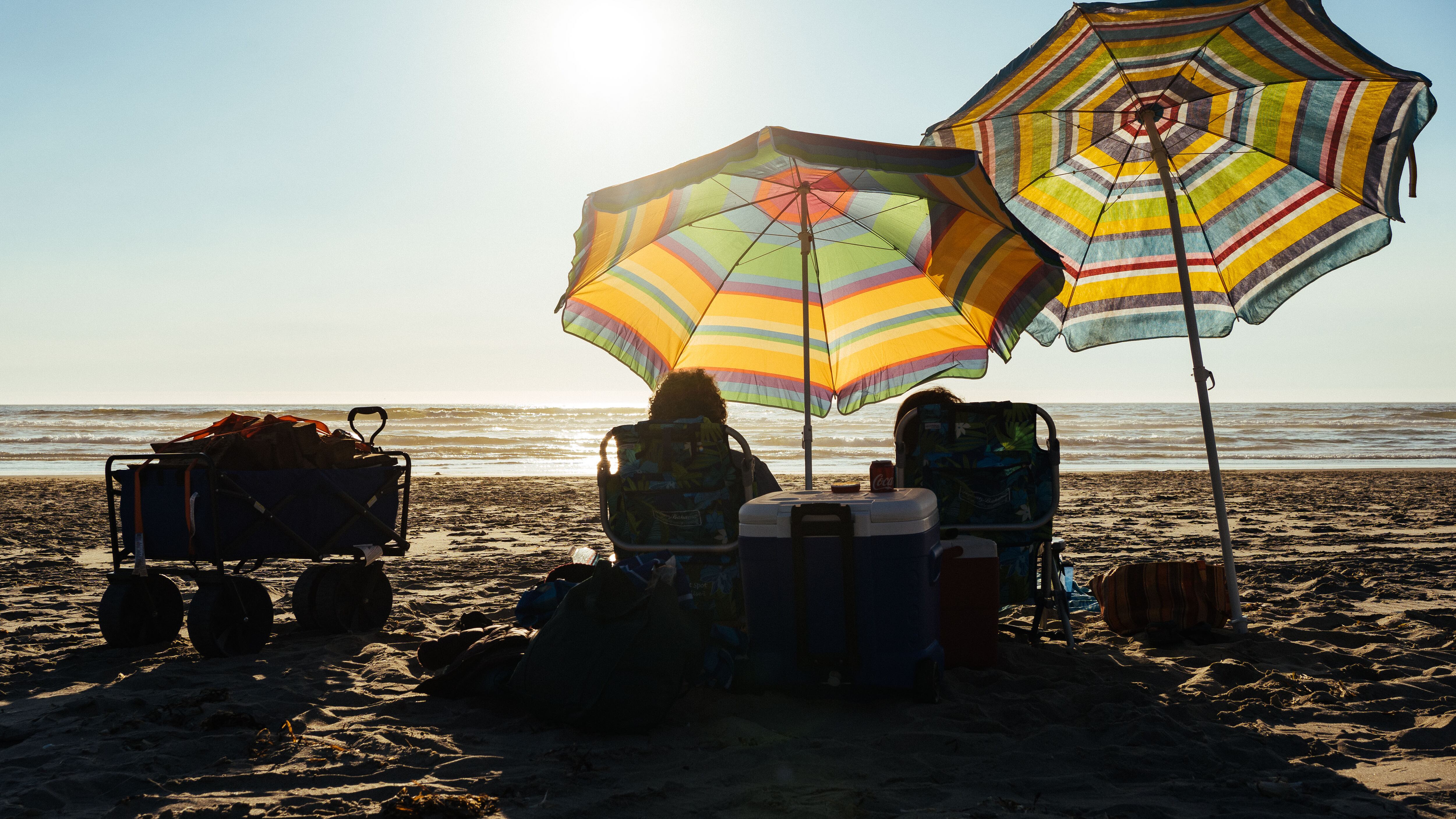Gov. Kate Brown on Friday removed Multnomah County from the list of Oregon counties where the COVID-19 virus is spreading rapidly and unpredictably. But county health officials cautioned that meeting the threshold for reopening schools will depend on Portlanders forgoing group trips to the beach and other parties on the Labor Day weekend.
The state's most populous county is seeing its COVID-19 caseloads decline enough—to 40 infections per 10,000 people—that it could soon qualify for moving to the second stage of reopening businesses and resuming in-classroom instruction for students.
"We continue to see counties working diligently to reduce the spread of COVID-19 in their communities—to the point where two more counties now come off the Watch List," Brown said today. "I want to applaud county officials and community members in Hood River and Multnomah counties for their efforts in curbing community spread of COVID-19."
Counties are placed on the state Watch List when they experience 50 cases per 10,000 people. Brown has said she'll consider sanctioning in-classroom instruction at schools in counties with less than 30 cases per 10,000.
But tri-county public health officer Dr. Jennifer Vines cautioned Portlanders today that the past two significant spikes in the virus occurred after summer holiday weekends—like the three-day weekend impending Sept. 5-7.
"We saw distinct upticks after Memorial Day and Fourth of July holidays," Vines told reporters today. "Our ask of the public is to find just one way to take that down a notch in terms of risk. We'd urge you to avoid being inside together."
Vines said in the two weeks following the Memorial Day weekend, Multnomah County saw a 50% increase in demand for testing and a 240% increase in the rate of COVID infections and hospitalizations. In the two weeks following Independence Day, she said, the county experienced a 25% spike in testing demand, a 58% increase in the infection rate, and a 25% jump in hospitalizations.
The release of those numbers, and the plea for Portlanders to scale back their holiday plans, comes a day after state epidemiologist Dr. Dean Sidelinger related an alarming anecdote about 20 friends who rented a beach house together on the Oregon Coast. Four of them were sick, Sidelinger told Oregon Public Broadcasting, and their beach stay resulted in at least 300 cases and five workplace outbreaks statewide.
Sidelinger didn't specify where the party occurred or what part of Oregon was most affected by it. But Multnomah County communicable disease director Kim Toevs said today that the story was not an anomaly—it fits the pattern of transmission that health officials are most commonly seeing.
"What we've seen in people who are in multiple different households, who are extended family or good friends, end up staying in one rented space together, end up carpooling together," she said. "That's the thing that causes the transmission."

